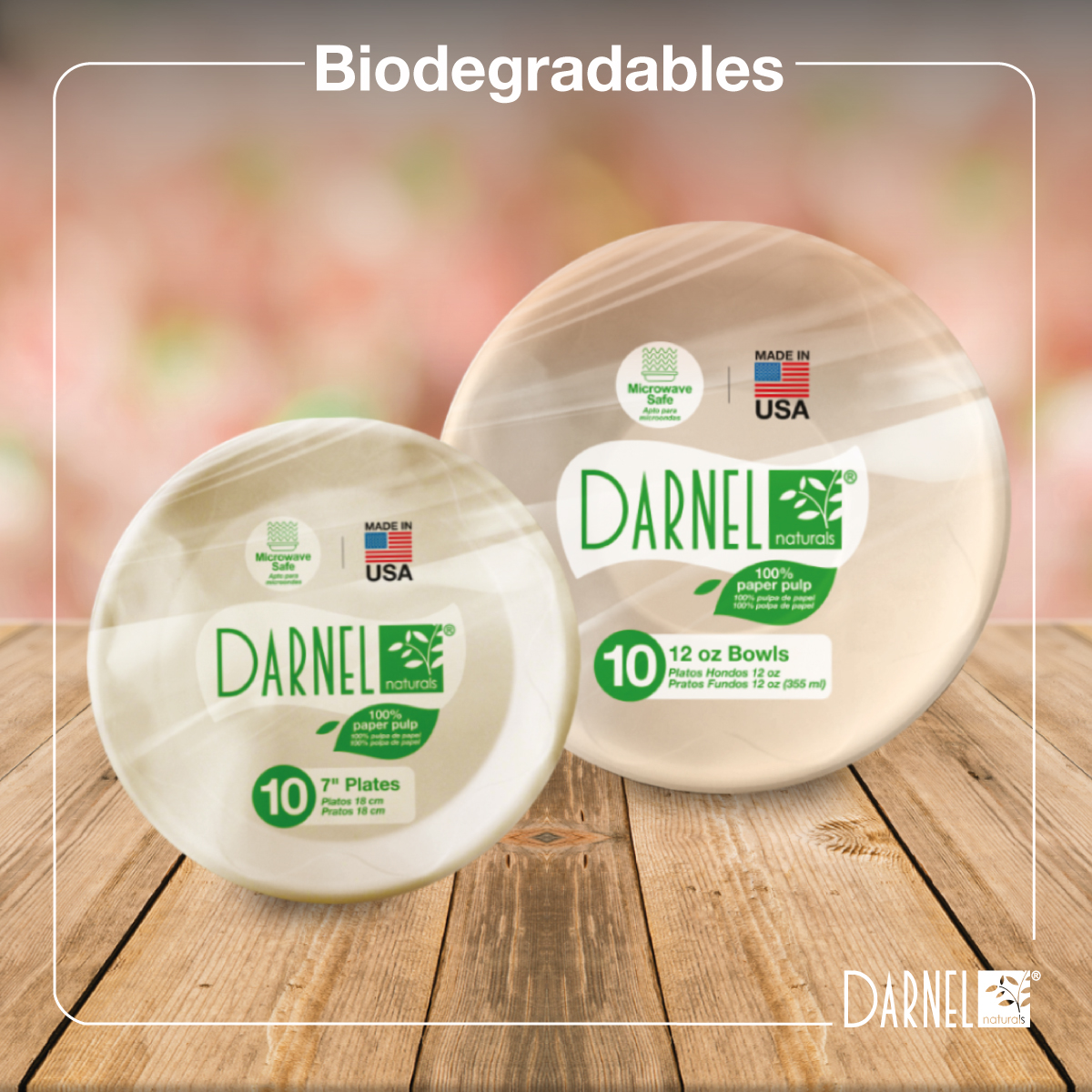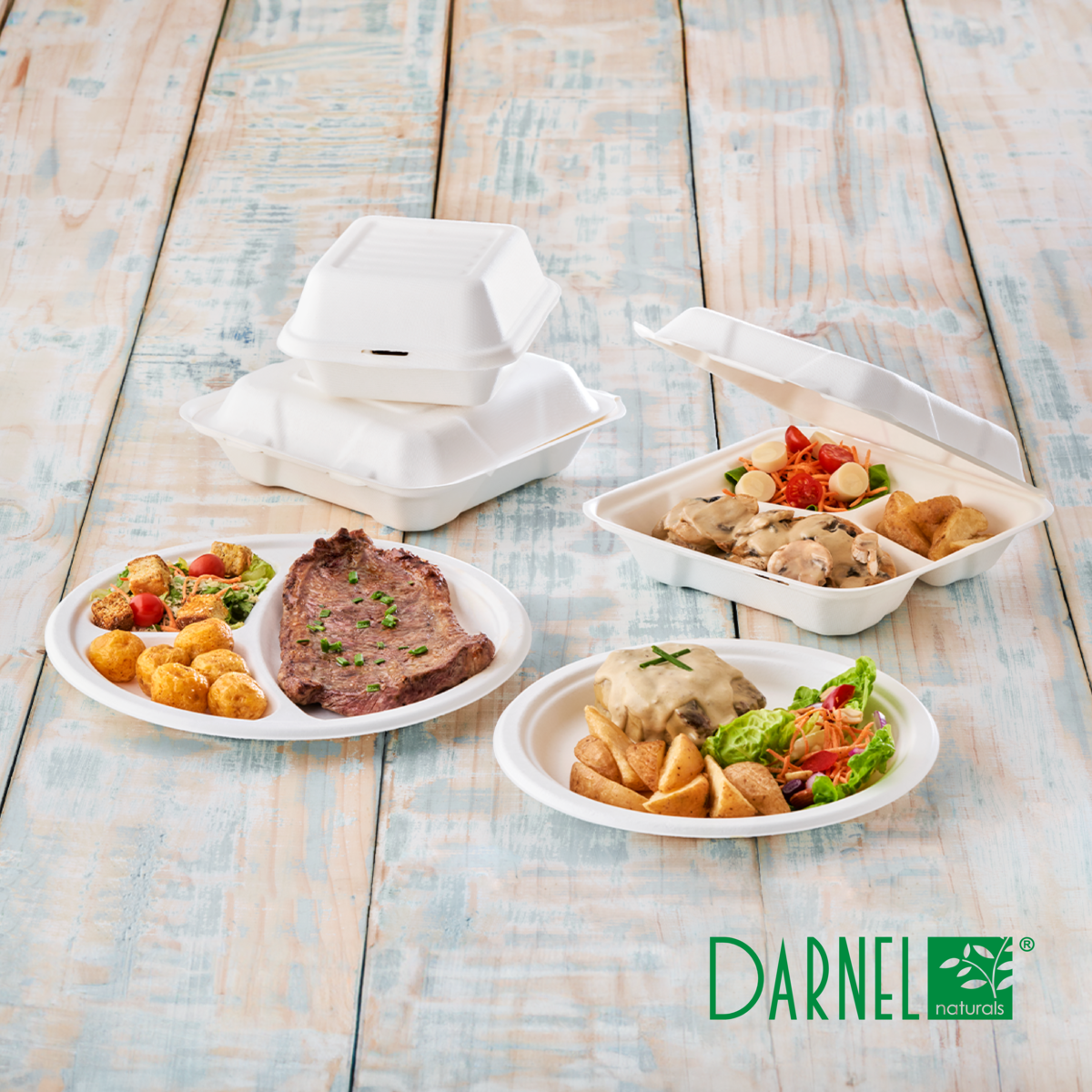Understanding the distinctions between these three terms can be confusing, but it's crucial for making informed choices that align with your needs. Let's demystify these terms and clarify how each type of packaging functions, helping you select the most suitable option.


